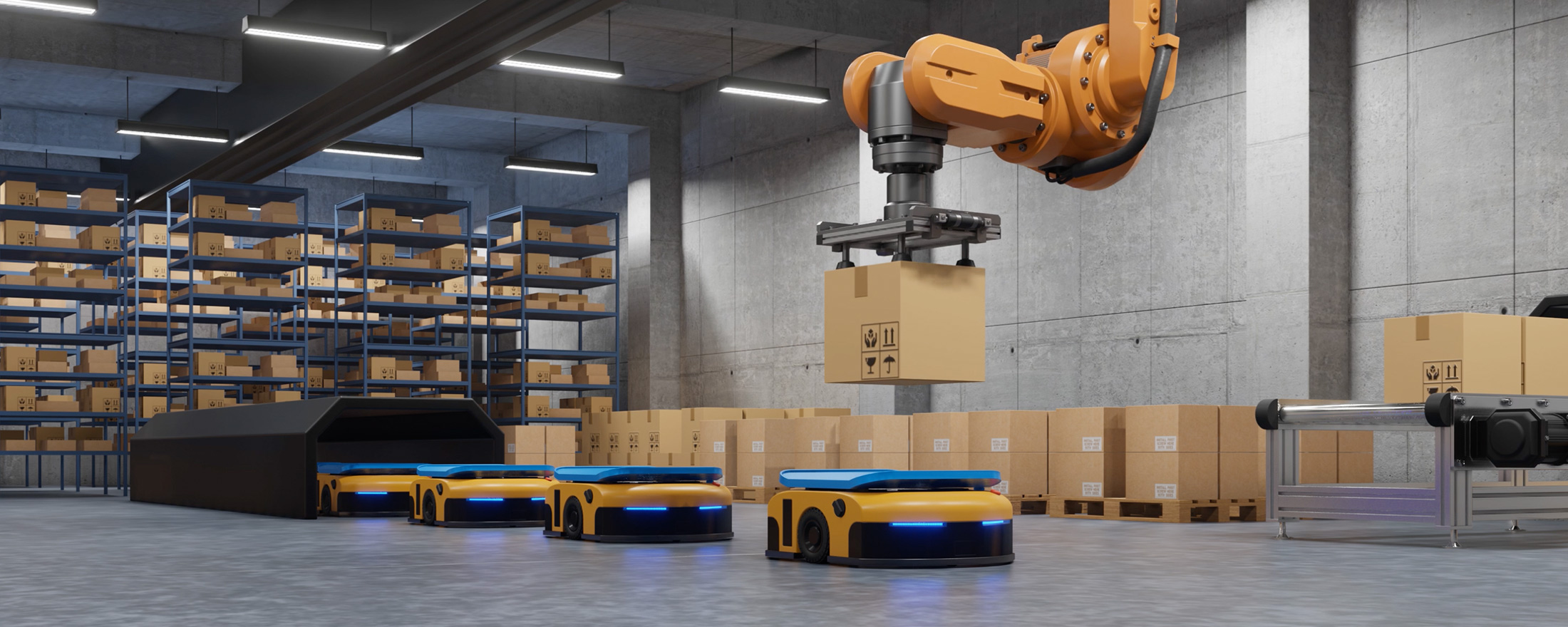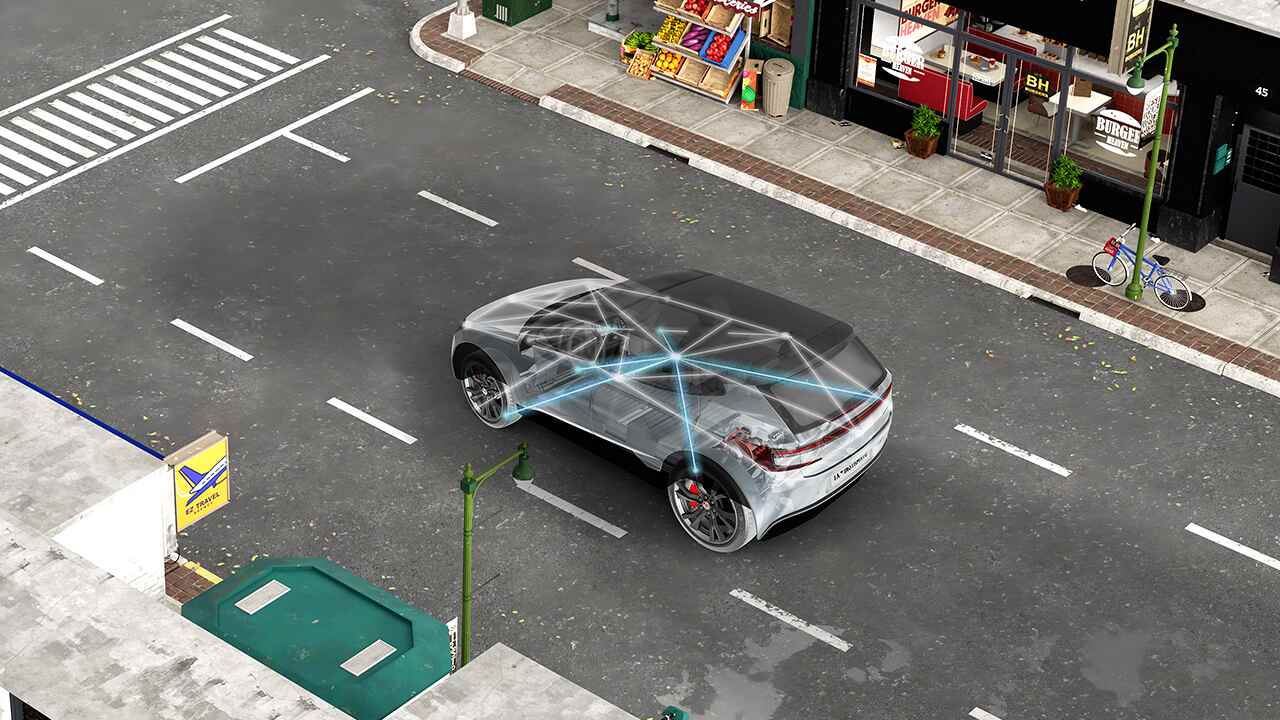Semiconductor technology is helping maximize productivity across a range of industrial systems, from robotics to factory automation, grid, home automation and more

Every customer I speak with wants a higher level of automation and control through more efficient systems that maximize productivity. What energizes me is to see how sometimes small innovations at the component level can result in meaningful cost, energy and time savings at the system level.
Looking at the spectrum of applications our company enables – from robotics to factory automation, grid, home automation and many other industrial systems – three consistent trends stand out to me:
More sensors, more data
Additional data enables systems to act and react more quickly and precisely to the world around them. This capability is critical for systems involved in automation. But this also means there’s a greater focus on processing data quickly and efficiently throughout the system.
We also now have the ability to identify things we couldn’t sense before. Consider our millimeter-wave radar sensing technology, which enables almost any system to precisely detect objects and movement. By taking technology that was originally large, complex and expensive and making it smaller, easier to use and more affordable, TI mmWave radar sensors are making higher precision sensing more accessible.
This influx of data coming into the system requires all of us to think creatively about how to effectively manage data and enable faster, smarter decision-making. One approach might be incorporating edge AI-enabled hardware and software into industrial systems to process a higher volume of data and adapt to changing environments in real time.
Managing inputs from a variety of sources can be challenging. For example, our radar sensors can be used to enhance perception in collaborative robots so they can operate and interact effectively and more safely around humans in a way that was impossible to achieve just a few years ago. By also adding vision sensing, the cobot can better see obstacles that are closer in proximity to it. That’s where sensor fusion technology comes in. Incorporating sensor fusion into a system gives designers the flexibility to support multiple sensing modalities – like vision sensing, radar, LIDAR and others – that can help enhance the system’s overall perception.
While I used a cobot as the common example, it’s not difficult to see how these same concepts can apply to other applications to enhance automation and increase efficiency.
Making systems more energy efficient
The second trend I see is the desire to make systems more energy efficient. Balancing the increasing demand for higher performance while trying to keep overall system size the same – or shrink it down – requires us to reduce the power consumption of our systems. This is also true of battery-operated systems that need to meet performance demands and stick to a fixed power budget.
New methods of improving energy efficiency are emerging across nearly every application and subsystem. We see it in medical applications that are trying to pack more sensors into their existing system, and in electric vehicles where carmakers are trying to increase driving range through more power-efficient batteries.
We also see this in HVAC systems. Up until a few years ago, all residential HVAC systems used a single-stage compressor. Today, we see more and more systems moving to variable speed compressors that enable a much more efficient energy usage overall.
Variable-speed compressors are managed by specialized processing technology designed for real-time control applications, and until recently, this technology was expensive and complex to implement. By using more affordable real-time control microcontrollers (MCUs), like our C2000 and Sitara MCUs, engineers have access to technology that can help maximize motor control and increase energy efficiency within that same system. Transitioning residential houses to variable-speed HVAC systems has the potential to result in substantial energy savings across the grid.
I’m excited to see how real-time control innovations that work with wide-bandgap technology like gallium nitride (GaN) will drive breakthroughs in system efficiency and power density in data center power supplies, solar inverters, fast chargers for personal electronics and other power-delivery applications.
Increasing connectivity
While our world continues to become more connected on a personal level, there are also benefits to enhancing connectivity from a business perspective.
For example, companies that add more sensing and connectivity capabilities to their factories may help reduce power usage in areas of buildings that are inactive or help adjust production based on changes in demand. This level of flexibility is fueled by industrial communications and both wired and wireless technologies like Ethernet, controller area network, Bluetooth® and Zigbee®.
Now apply that concept to a city. By using wireless mesh networks, utility companies are better able to monitor their networks and adapt accordingly. This enhanced connectivity, combined with energy storage systems such as residential solar home systems, can help service providers adjust energy usage during peak hours. Enhancing connectivity in systems supporting buildings and smart cities can enable businesses to increase productivity to a new level that was not possible to achieve in the past.
Our passion to make electronics more affordable through semiconductors is one of the reasons we want to work alongside our customers to enable smarter, more efficient and better-connected systems. By offering multiple ways to create and optimize their systems, we can help fuel the next wave of innovation that can sense, process and react faster than anything we’ve seen in the past.


